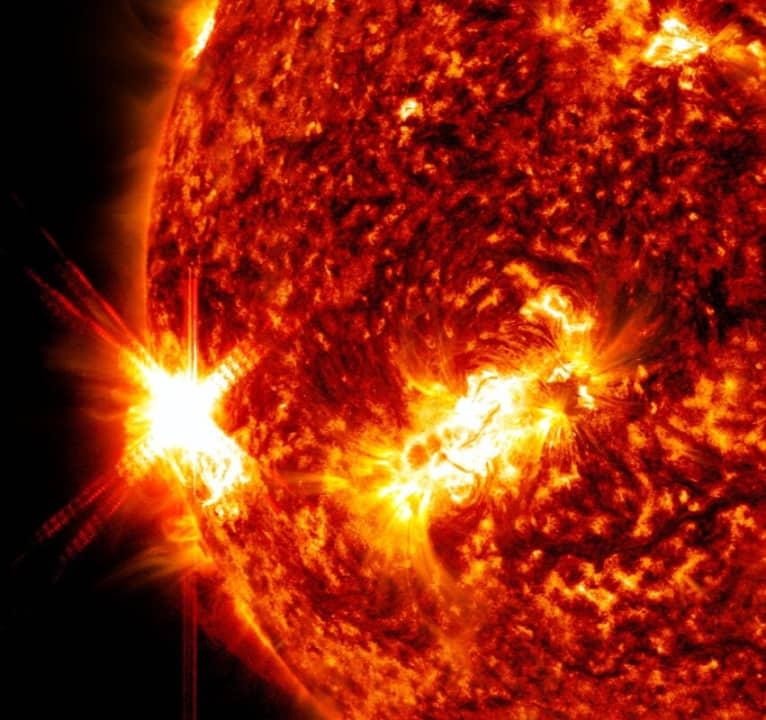As if the Sun didn’t already give us enough troubles (seriously, it’s so hot), the king star has decided to make our lives a bit more complex. This week, a powerful solar eruption impacted and disrupted radio and navigation signals across North America, even prompting space meteorologists to issue warnings about the arrival of energetic particles to Earth.
Solar flares are energetic bursts of radiation that erupt in magnetically cool and dense regions of the Sun known as sunspots. When the radiation from these flares interacts with particles in Earth’s ionosphere, it overloads them, affecting radio and satellite signals that pass through this atmospheric layer.
The solar flare that occurred this week, classified as X1.5, was no small matter. In fact, it marked the twentieth X-class flare (the most powerful category of solar flare) of the current 11-year solar cycle, which is set to peak next year.

Furthermore, the blackout caused by the solar flare has been categorized as a level 3 event on the five-point scale developed by the United States National Oceanic and Atmospheric Administration (NOAA), according to solar physicist Keith Strong.
“The X1.5 flare caused a radio blackout event of R3 (strong) on the sunlit side of Earth during daylight hours (most of the US and Canada, and the Pacific Ocean),” Strong stated on Twitter. “Frequencies below 5 MHz were most affected, and navigation signals were degraded.”
According to the Met Office, the United Kingdom’s National Weather Service, the massive eruption that occurred this Monday originated from a group of large and active sunspots visible on the surface of the Sun, and it emerged just two days after a weaker X-class flare that took place on Saturday, August 5th.
The Met Office predicts that new eruptions of significant intensity could occur as long as the large cluster of sunspots remains visible on the Sun‘s surface. However, that menacing region should disappear from our view in the coming days, alleviating one less concern here on Earth.
Some of the links added in the article are part of affiliate campaigns and may represent benefits for Softonic.


